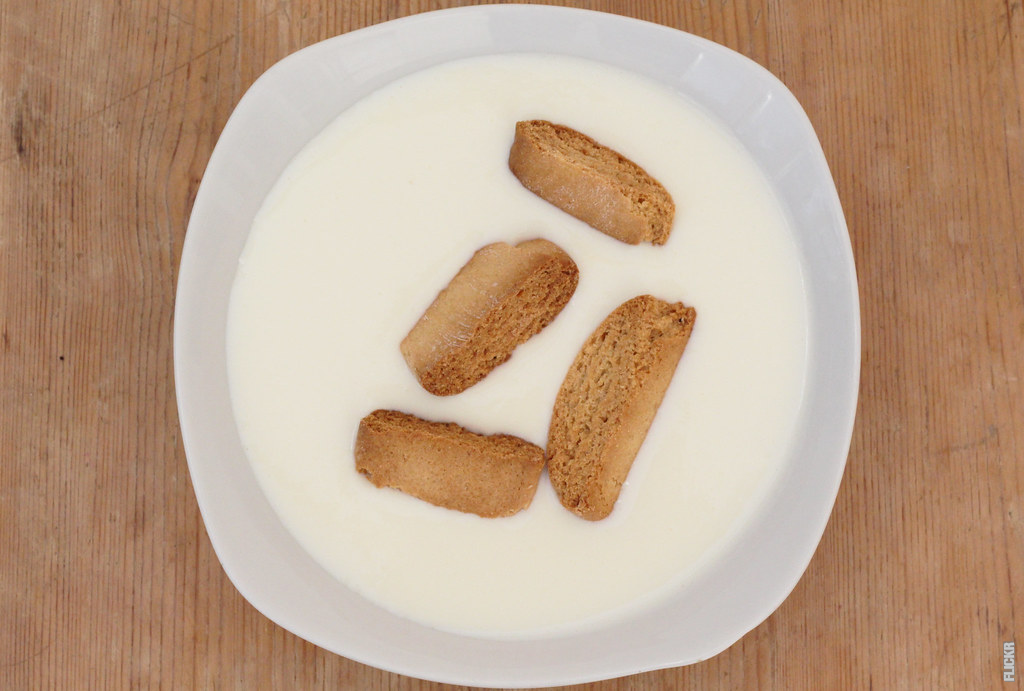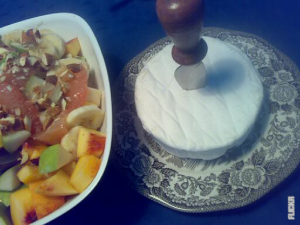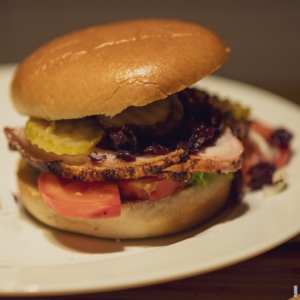A Journey through Time
Kammerjunker, a beloved Danish tradition, has been enchanting taste buds for centuries. Originating in the royal courts of Denmark, this delectable treat has stood the test of time, evolving into a symbol of Danish culinary heritage. Its unique name, derived from the German words ’Kammer’ meaning ’chamber’ and ’Junker’ meaning ’young nobleman,’ reflects its noble origins and royal association.
A Delicate Delight
Kammerjunker is a type of small, dry biscuit often served with various desserts, particularly the quintessential Danish dish, koldskål. These delightful biscuits are made from a simple blend of flour, sugar, eggs, and butter, resulting in a light and crispy texture. Their delicate flavor, subtly sweet with a hint of vanilla, perfectly complements the creamy richness of koldskål, creating a harmonious balance that leaves taste buds longing for more.
An Artisanal Craft
Crafting Kammerjunker is no ordinary baking endeavor. It requires the skill and precision of a true artisan. The dough is meticulously mixed, ensuring the perfect consistency for shaping. Each biscuit is carefully formed by hand, resulting in a uniform shape that is both visually appealing and a testament to the baker’s expertise. The biscuits are then baked to golden perfection, their tantalizing aroma filling the air and beckoning all who encounter it.
Post
Post
A Versatile Delicacy
While traditionally served with koldskål, Kammerjunker has transcended its original purpose and has found its way into various culinary creations. It is often crumbled over fruit salads or used as a topping for ice cream, adding a delightful crunch and enhancing the overall flavor profile. Its versatility knows no bounds, as some even enjoy it alongside a cup of coffee or tea, savoring the combination of flavors that dance on the palate.
A Cultural Symbol
Kammerjunker has become more than just a biscuit; it has become a cultural symbol deeply embedded in Danish traditions. It is a nostalgic reminder of simpler times, evoking memories of family gatherings and joyful celebrations. Its presence at special occasions, such as weddings and birthdays, is a testament to its enduring popularity and the sense of comfort it brings.
A Taste of Authenticity
In a world of mass-produced confections, Kammerjunker stands as a beacon of authenticity. Its handmade nature and adherence to traditional recipes ensure that each bite is a taste of history and craftsmanship. It is a testament to the Danish commitment to preserving culinary heritage and sharing it with the world.
Embrace the Tradition
Whether you find yourself strolling the streets of Copenhagen or in the comfort of your own kitchen, Kammerjunker invites you to embrace a tradition that transcends time. Indulge in the delicate flavors, savor the crispy texture, and let yourself be transported to a world where simplicity and elegance merge into a truly delightful experience. Kammerjunker is more than just a biscuit; it is a journey through Danish culinary history, a taste of tradition that will leave you longing for more.
Traditional and Authentic Kammerjunker Recipe
Ingredients:
– 200g all-purpose flour
– 100g sugar
– 2 eggs
– 1 teaspoon baking powder
– 1 teaspoon vanilla extract
– A pinch of salt
Instructions:
1. Preheat the oven to 180°C (350°F).
2. In a mixing bowl, combine the flour, sugar, baking powder, and salt.
3. In a separate bowl, beat the eggs and vanilla extract together.
4. Gradually add the egg mixture to the dry ingredients, mixing well until a dough forms.
5. On a floured surface, roll the dough into long, thin strands about 1 cm thick.
6. Cut the strands into small pieces, around 2 cm in length.
7. Place the pieces on a baking sheet lined with parchment paper.
8. Bake in the preheated oven for about 15-20 minutes, or until golden brown and crispy.
9. Remove from the oven and let the Kammerjunker cool completely before serving.
10. Enjoy with coffee, tea, or as a topping for Danish-style rice pudding (Risalamande).



